
What Does 'No Atomizer' Mean? (And How To Fix It Fast)
There are few things more frustrating than a “No Atomizer” or “Check Atomizer” message. Your vape tank is filled with e-liquid, your mod is charged, you press the button… and nothing happens.
The good news is that this is often a simple connection problem, and is easy to fix and diagnose.
In this post, we’ll take you right the way through the basics of what an atomizer is, and what the “No Atomizer” message actually means, to the different steps you can take to solve the issue.
Contents
- What is an atomizer?
- What does “No Atomizer” or “Check Atomizer” mean?
- How to fix a No Atomizer message
- Brand-Specific Fixes
- If all else fails…get a new vape
- TLDR
What is an atomizer?
The atomizer is the part of your vape that turns e-liquid into vapour. It usually consists of a metal coil and a wick, and it sits inside your tank or pod.
You’ll often hear the terms atomizer and coil used interchangeably. Technically, an atomizer refers to the full unit (coil + housing), but in practice, most vapers just call it the coil.
Either way, its job is the same - to heat up e-liquid and turn it into vapour.
Learn more: A Beginner’s Guide to Coils
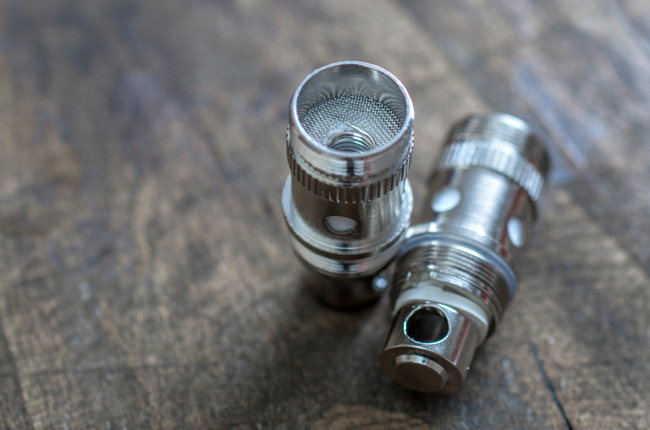
What does “No Atomizer” or “Check Atomizer” mean?
This message means your vape device can’t detect the atomizer. You’ll see the same message when you try to fire a vape without anything attached. However, if your tank and atomizer appear to be attached, it really just means that something is wrong with the connection.
It might seem like a strange error sometimes, especially if you’ve been vaping without problems just before it shows up. But connection issues can develop over time, even if you don’t physically move or change anything with your setup. It’s less likely to happen this way, but it does still happen fairly regularly. For example, refilling your tank might slightly move the atomizer head and, over time, can lead to a disconnection.
How to fix a No Atomizer message
Isolate the issue
Before trying to fix it, it’s worth finding out if the problem is with the device or the pod/tank.
The easiest way is to try the mod with another pod or tank, or your pod/tank with another mod.
This will help you diagnose whether the issue is with the device or with the tank/pod.
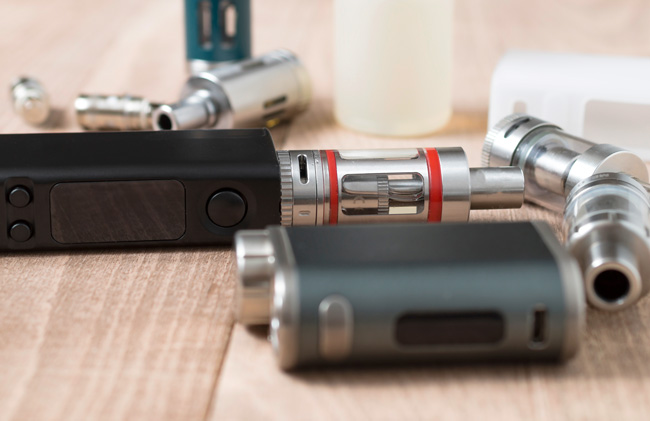
Fixing atomiser problems with tanks
Start with the basics - check your tank connections
As the most common cause of the No Atomizer message is a loose connection, it makes sense to start here.
The first thing to do is to check you’ve securely screwed your tank down onto the connection point of your mod. Simply unscrew your tank, reattach it and give it another try.
On some devices, when you screw on the tank, a message will pop up asking if it’s the same coil you were using previously or a new coil. If this doesn’t happen, fire again and see if you get the same message.
If this doesn’t work, it could still be a physical connection issue, just with your atomizer head (or “coil”) and the tank, rather than with the tank or your mod.
Remove the base of the tank to access the atomizer head – in some cases, you might have to empty the juice out of the tank first. Now, find the point where your coil connects to the base of the tank.
For screw-in coils, remove the coil and then screw it back in place, taking care to ensure it connects cleanly and you don’t end up with crossed threading.
(You can clean the coil and the connections first if you like – since you’re already removing it, you might as well – see the section below.)
The easiest way to make sure it’s all lined up properly is to put the atomizer head in place, then turn it left as if you’re unscrewing it until you hear a distinctive click. When you’ve heard this, you know it’s in position and you can turn it to the right to screw the coil in place. Re-assemble the tank and see if your device fires now.
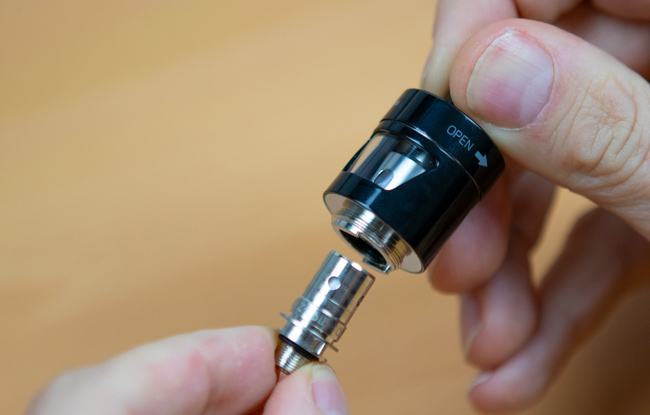
Clean your coil and connections
If you’re still having problems – or if you just want to cover all bases – it’s worth giving your atomizer head a quick clean.
This doesn’t have to be anything substantial, just get a cotton bud and clean around the base of the atomizer head and the threading, where it makes the connection with the tank. It’s a good idea to clean the tank where the atomizer head is connected as well.
While you have your cotton bud out, you should clean around the 510 connection at the base of the tank too (the part you connect to the mod) and the connection point on your mod. Any debris stuck here could disrupt the connection and lead to the “No Atomizer” message.
Similarly, if some vape juice has leaked out, this could be interfering with the connection too. Give it a thorough clean and the problem should be rectified.
Again, reconnect everything and try your device. If everything works, then you’re good to go. If not, read on because it might be a more complicated issue.
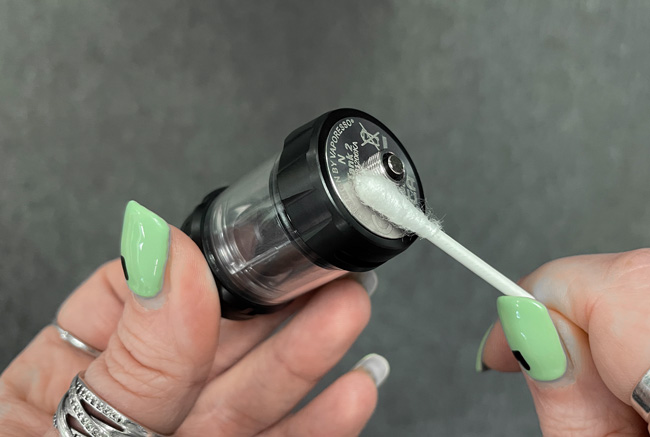
Try a new coil
If cleaning and reconnecting hasn’t solved the problem, it’s possible that the coil/atomizer is faulty or just past its prime.
Unfortunately, there is no solution to this problem other than trying a new one and making sure it’s connected properly. If this still doesn’t work, either there’s a bigger problem with your tank or (more likely) it’s something to do with your mod.
Look at the tank’s connection point
Although these issues are less common nowadays, the connection point on your tank might be too far recessed to make a good connection with your mod.
Look at the 510 connection and you should see a (usually gold-plated) contact point protruding out from the middle of the threading underneath. In other words, the contact point should be slightly lower than the base of the threading.
On most modern devices, this will be a flat, smooth surface and unfortunately, there isn’t much you can do if it’s pushed too far in. However, on older tanks, there is often a point for a flat-head screwdriver on the contact point.
If there is, unscrew this very slightly – just enough so it protrudes below the threading – and try to connect again. Be careful with this, though, as unscrewing it too much can cause other problems since it’s also holding the bits of your tank together.
For atomiser problems with RDAs/RBAs…
If you’re vaping with a rebuildable atomizer of some type (whether a dripping atomizer, RDA, or a rebuildable tank) the advice is largely similar to the above. However, there are a couple of extra potential issues to consider.
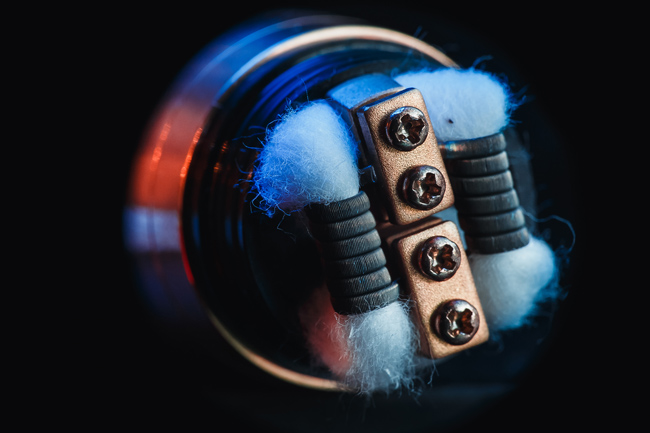
Are your post screws tightened?
One of the main things to check is whether the coil screws are tight enough, as they can loosen over time. Provided you can’t see an obvious problem (e.g. one of the “legs” of your coil being completely out of the post) just grab your screwdriver and tighten them. Give the device another try to see if this solves the problem.
Is the coil making contact with the outer chamber?
Another potential problem is if the coil is making contact with the chamber that surrounds the build deck. This can happen on dripping atomizers too, but it’s more likely on RTAs (rebuildable tank atomizers) because the chambers tend to be more compact, with less building space.
It’s easy to work out if this is happening if you just take a look inside the chamber. If your coil is making contact (or looks suspiciously close to the edge) all you have to do is work out how to move it a little to avoid the issue – normally you can move it up or down slightly, bending the “legs” and moving it away from the cap in the process. At worst, you might have to unscrew the posts and simply push the coil closer into them.
Ensure the coil is cool before you do any of this, and switch off your mod or unscrew the atomizer to avoid accidental firing.
Check for breaks in the coil wire
Sometimes, especially if you’re vaping at higher power settings, your coil can just break during use. This will create a gap in the coil and lead to the circuit not completing, which will lead to your mod throwing up the “No Atomizer” error because it can’t get a current flowing. This is pretty easy to spot if you look at your coil, but unfortunately can’t be fixed: you just have to make a new coil!
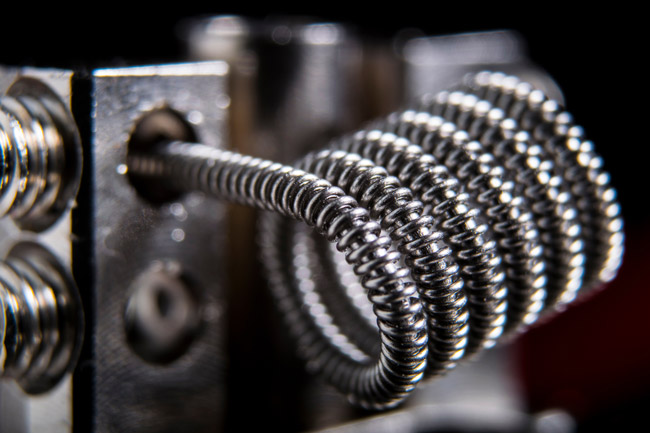
For atomiser problems with your mod…
Most atomiser problems are caused by the pod or tank, not the device itself. That’s a good thing, because mod problems are harder to fix.
However, sometimes the following can help:
Clean the connection point and look for debris
The only really easily fixable problem with your mod that could cause a connection issue is a build-up of dirt or debris around the connection point. Simply get a cotton bud and clean around the threading and 510 connection.
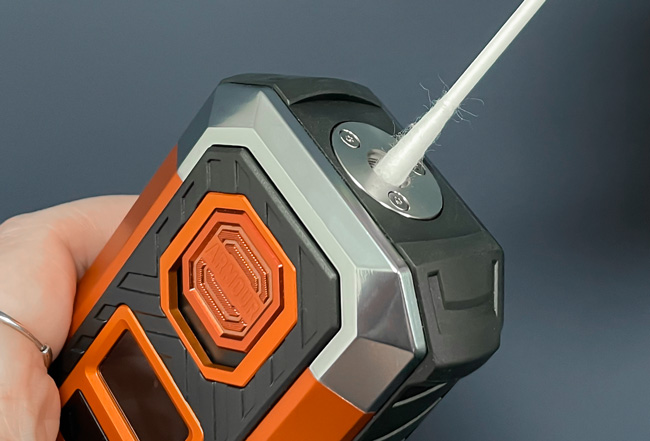
Is the contact point high enough?
Just like older tank designs tended to have adjustable contact points on the bottom to ensure you could make a connection, it is technically possible (though not exactly advisable) to adjust the height of the contact point on your mod.
It’s important to note that most modern devices have spring-loaded contact points so you probably don’t need to do this unless you have quite an old device.
If your device is new or still under warranty, it’s worth contacting the retailer about the issue, just in case they can replace the device for you before you do anything that might void the warranty.
However, if you’ve ruled everything else out and your tank works on a different mod, it might be worth trying to raise the contact point slightly. You’ll need a small (precision) flathead screwdriver to do this.
Around the sides of the (usually gold-plated) contact point, there should be a small space that you can get the tip of the screwdriver into. Put the screwdriver there and very gently wiggle the contact point up slightly, before repeating on the other side.
It’s better to be cautious when you’re doing this – move it a tiny bit and then re-check, then move it a tiny bit more and re-check again. If you go too far you could ruin the whole mod, so only do this if you’re out of ideas and don’t mind taking a risk with your device.
Brand-specific fixes
Caliburn G3
Commonly reported issue: coil not clicked in fully. Unscrew and reinsert so you hear that click.
Smok devices
Ensure the coil lines up correctly, as Smok threads can misalign more easily.
Oxva / Geekvape
These often have spring-loaded pins - clean and reinsert the coil firmly (while avoiding over tightening).

If all else fails… get a new vape
Unfortunately, some issues just aren’t fixable. For whatever reason, the mod could be malfunctioning or just failing to make a connection regardless of the situation. In these cases, you might just need a new mod altogether.
It’s not the type of news you want, but if you’ve ruled everything else out and can’t fix the problem, it’s a sign of a more serious issue.
TLDR
“No atomizer” means your vape mod isn’t detecting the tank or coil. This could be due to a bad connection, incorrect setup, or a damaged coil. To resolve:
- Check that your tank and mod are securely attached
- Remove and reattach the coil to ensure a good connection
- Clean the coil and all connection points with a cotton swab
- Try a new coil
- Try another tank with your mod
- Try another mod with your tank
- If all else fails, the mod or tank may need to be replaced
Good luck!